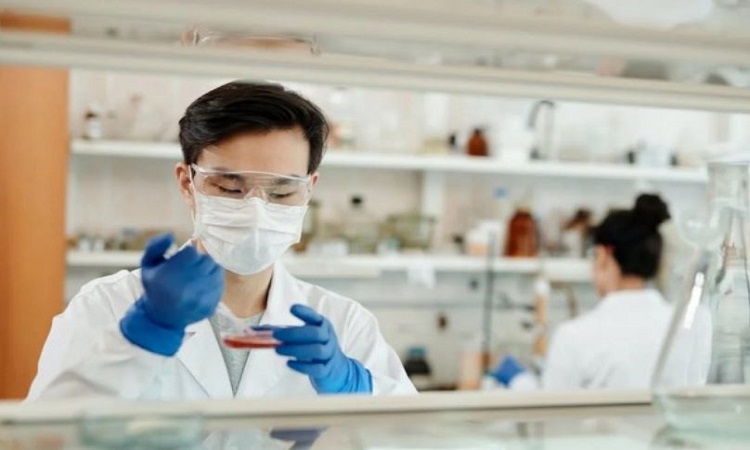How diseased coral parents can restore stony coral tissue loss disease, finds study
The coral reefs across the Caribbean have been devastated by Stony Coral Tissue Loss Disease (SCTLD), which has caused severe mortality in a number of coral species, including Pseudodiploria strigosa, which has been particularly hard hit in the Mexican Caribbean. Read further on Dynamite News:

California: The coral reefs across the Caribbean have been devastated by Stony Coral Tissue Loss Disease (SCTLD), which has caused severe mortality in a number of coral species, including Pseudodiploria strigosa, which has been particularly hard hit in the Mexican Caribbean.
Scientists have investigated larval-based restoration techniques in response to the decreased abundance and colony density brought on by SCTLD, despite worries about disease transmission.
According to a recent PeerJ Life & Environment study, even SCTLD-affected colonies can be crucial to the aided sexual reproduction needed to restore SCTLD-vulnerable species.
The study, conducted by Sandra Mendoza Quiroz and a team of researchers from SECORE International and the Universidad Nacional Autónoma de México, evaluated the performance of offspring produced by crossing gametes from a healthy P. strigosa colony, characterized by 100 per cent apparently healthy tissue, with those from a colony affected by SCTLD with over 50 per cent tissue loss. The results were compared with previous crosses involving only healthy parents.
Also Read |
California elementary school shooting: 8-year-old student among three killed
"This study offers a glimmer of hope for the conservation and restoration of Stony Coral Tissue Loss Disease-affected species," said Mendoza Quiroz, the lead author of the study. "Our findings demonstrate that even colonies affected by SCTLD can contribute significantly to the assisted sexual reproduction of susceptible species. This breakthrough could revolutionize current restoration strategies and provide a new avenue for combating the devastating effects of SCTLD."
Remarkably, the fertilization and settlement success rates of the offspring from the diseased parent colony were found to be as high as those from previous crosses involving healthy parents. This discovery highlights the potential of utilizing diseased parent colonies for assisted sexual reproduction, offering a glimmer of hope for the restoration of species impacted by SCTLD.
The study monitored the post-settlement survivorship of the offspring for over a year in outdoor tanks. The results showed a survivorship rate of 7.8 per cent, demonstrating the viability and resilience of the offspring produced from the diseased parent colony.
To further assess the long-term viability of the diseased-parent recruits, they were subsequently outplanted to a degraded reef after thirteen months. Astonishingly, the survivorship of the recruits reached approximately 44 per cent, showcasing their ability to adapt and thrive in challenging environments. Additionally, their growth rate was measured at 0.365 mm ± 1.29 SD per month, further confirming their potential for restoration efforts.
Also Read |
Rahul Gandhi accuses PM Modi of opening up space for terrorists in J&K
Despite the promising results, the researchers acknowledge the importance of precautionary measures in disease transmission. Further research is warranted to understand the mechanisms of disease resistance and to minimize potential risks associated with assisted sexual reproduction using diseased parent colonies.
The implications of this study extend beyond the Mexican Caribbean and have broader significance for coral reef restoration efforts globally. By leveraging the potential of diseased parents, scientists and conservationists can augment their arsenal of techniques to mitigate the impacts of SCTLD and restore the fragile balance of coral ecosystems. (ANI)
 Dynamite News
Dynamite News 